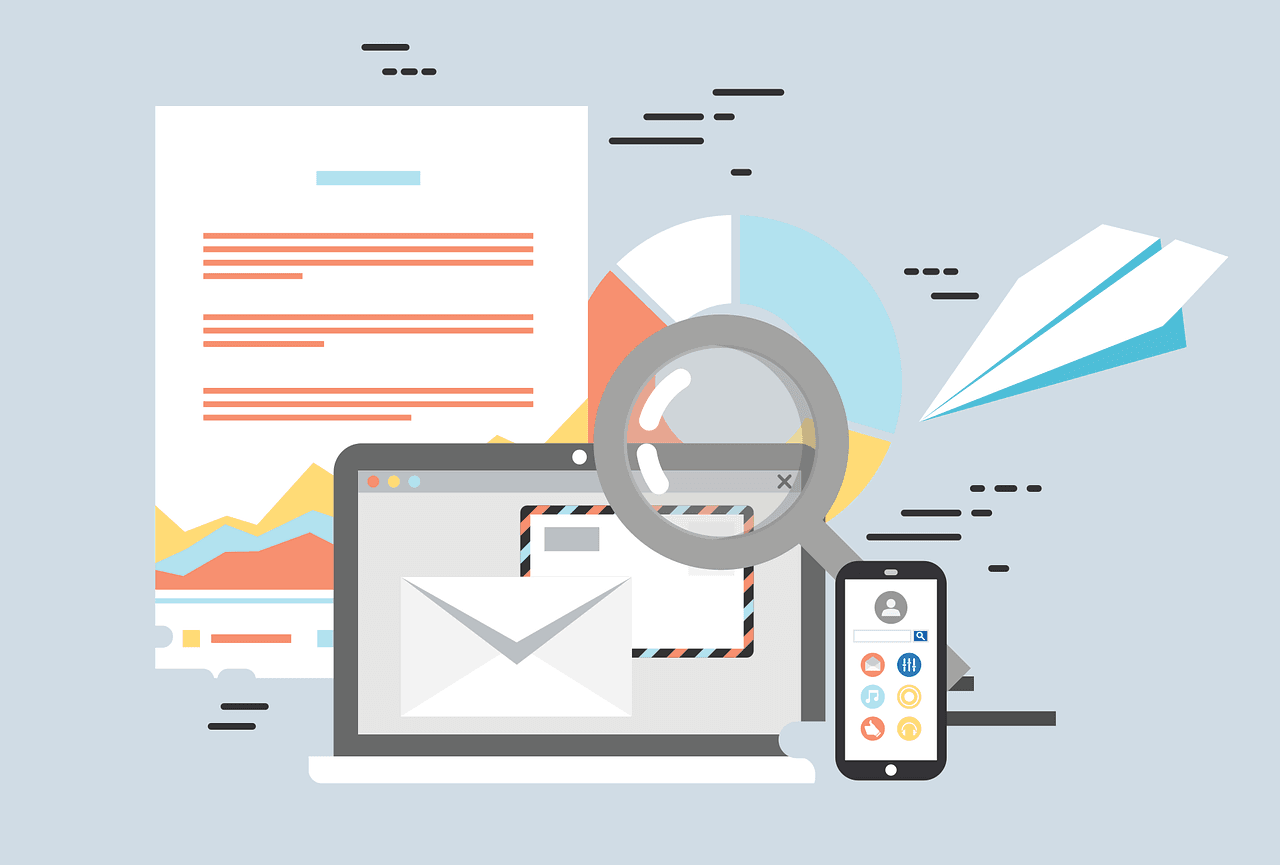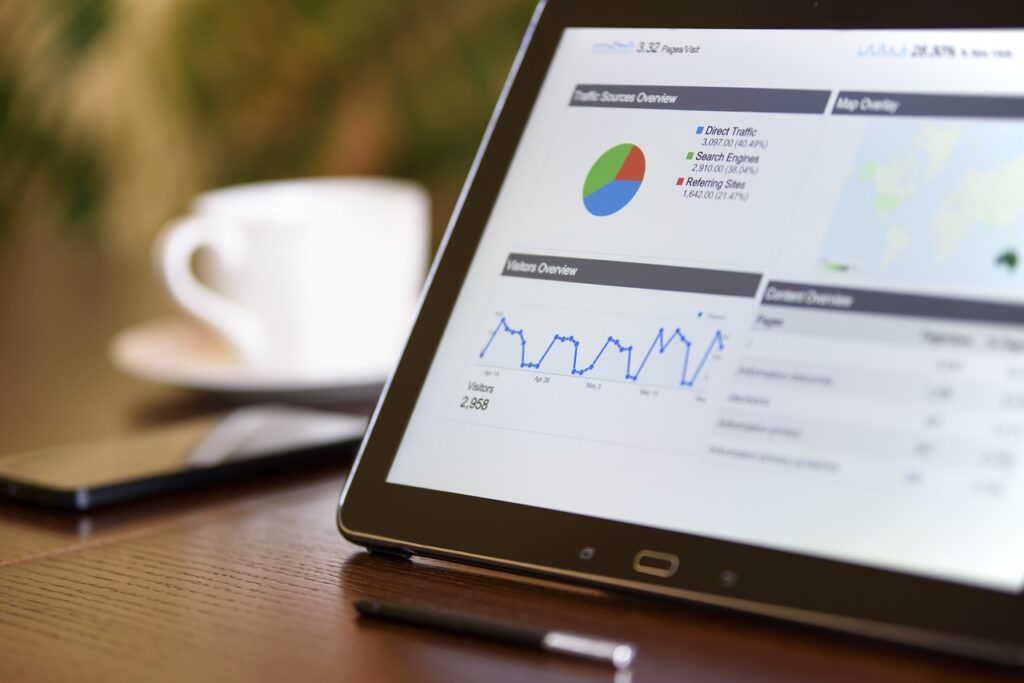In the heartbeat of non-profit organizations, where every message counts and each donation can be a lifeline, lies the understated power of email marketing. With the advent of social media and various modern communication platforms, one might think email has taken a backseat. However, for non-profits, email marketing remains a cornerstone in engaging donors, rallying volunteers, and pushing forward the wheels of change and philanthropy. This powerful tool, when used effectively, allows non-profits to tell their story, showcase their impact, and articulate their needs to an audience that has already signaled interest by subscribing to their list. Unlike the ephemeral nature of social media, emails land directly into a personal inbox, offering a direct line of communication that can be both personal and profound. In this detailed guide, we’ll delve into how non-profits can harness the potential of email marketing to engage with their supporters effectively. From crafting the perfect subject line to segmenting your audience for targeted campaigns, we’ll provide actionable insights that will elevate your email strategy and ensure that your organization’s voice resonates clearly and compellingly.
Building a Substantial Email List
Strategies for List Growth
The foundation of a successful email campaign is a robust list of subscribers. For non-profits, this list comprises past, present, and potential donors and volunteers—the lifeblood of any charitable organization. Building this list requires a multifaceted approach, respecting the privacy and interests of individuals while encouraging them to stay connected. To grow your list, consider leveraging every touchpoint. Include email sign-up forms on your website, ensuring they are both visible and accessible. Use events, whether physical or virtual, as opportunities to gather emails, always with the promise of value in exchange for their contact information. Remember, offering insights, updates, and stories through your emails will be the incentive for sign-ups. Moreover, employ the power of your current subscribers by encouraging them to spread the word. Word-of-mouth can be potent, especially when it comes from a trusted source. Provide shareable content within your emails that can easily be forwarded, expanding your reach organically.
Maintaining List Quality
It’s not just the size of your email list that matters—it’s the engagement levels of those within it. Regularly clean your list to remove inactive subscribers. This not only helps improve your open rates and engagement metrics but also ensures you’re not falling into the trap of sending unwanted communications, which can harm your organization’s reputation.
Utilize tools for checking the health of your list, such as engagement scoring and bounce rate analysis. These tools will help you identify which subscribers are genuinely interested in your cause and which ones may have lost interest or changed their email address.
Crafting Compelling Content
Storytelling and Impact Sharing
The most engaging emails tell a story. They connect the reader to the cause and show the impact of their contributions. When crafting your content, focus on the change that donations and volunteer work have created. Use real stories about the people or communities you’ve helped, complete with images and quotes, to create an emotional connection with your readers. Content should not always be about asking for donations or help; it should also be about giving back to the subscribers by providing them with something of value. This could be insights into the sector you’re working in, success stories, or educational content that aligns with your non-profit’s mission.
Educational Content and Resources
Providing educational content positions your non-profit as a thought leader in your field. It demonstrates that you’re not just asking for help—you’re actively contributing to the betterment of society by spreading knowledge and resources. This can be through white papers, informative blog posts, or invitations to webinars and workshops.
Personalization and Segmentation
Tailoring Messages to Audience Segments
The effectiveness of email marketing can significantly increase when messages are tailored to specific segments of your audience. By segmenting your list based on demographics, past donation behavior, or engagement levels, you can send more relevant and personal communications. For instance, addressing someone by their first name, acknowledging their past support, or referencing events they’ve attended creates a more intimate and engaging experience. In the case of non-profits, this could mean creating different messages for one-time donors versus recurring donors, or sending targeted updates to volunteers about opportunities that align with their skills and past experiences. The goal is to make each individual feel recognized and important to your organization’s mission.
Utilizing Data for Customized Communications
Data is your ally in personalizing content. By analyzing past campaigns, you can determine which topics resonated most with your audience. Use this information to tailor future communications. Also, tracking engagement can help refine the timing and frequency of your emails, ensuring they hit the inbox when your subscribers are most likely to read them.
Maximizing Email Open Rates
Crafting Engaging Subject Lines
The subject line is often the deciding factor in whether an email is opened or ignored. For non-profits, this means finding a balance between creating a sense of urgency and staying true to the cause. A/B testing different subject lines can reveal what works best with your audience, whether it’s a direct appeal, a touching story, or an intriguing question.
Optimizing Send Times and Frequency
There is no one-size-fits-all answer to when you should send your emails or how often. It’s crucial to understand your audience’s habits. Use analytics to test different days of the week and times of day to see when you get the best open rates. Similarly, monitor how often you send emails to avoid overwhelming your subscribers, which can lead to increased unsubscribes or reduced engagement.
Engaging Donors and Volunteers with Calls to Action
Creating Clear and Compelling CTAs
Every email should have a purpose, and your call to action (CTA) should make this purpose clear to the reader. Whether it’s to donate, volunteer, or simply learn more about a project, your CTA should be unmistakable and compelling. For non-profits, the CTA is not just a button or a link; it’s an invitation to be part of a larger story and make a real-world impact.
Measuring CTA Effectiveness
After each campaign, take the time to analyze which CTAs performed best. Did more people click through to donate or to read a volunteer story? Did a particular wording or design lead to better engagement? Understanding these details can help refine your approach, making your CTAs more effective over time.
Integrating Email with Other Marketing Channels
Synchronizing with Social Media
Email marketing doesn’t operate in a silo. Integrate your campaigns with your non-profit’s social media efforts. Encourage your email subscribers to follow you on social media and vice versa. Share snippets from your emails on social media to pique interest and drive sign-ups, and include social sharing options within your emails to increase reach.
Cross-Promotion with Partners
Leveraging partnerships for cross-promotion can expand your reach. If you’re collaborating with another organization, a business, or influencers, include information about these partnerships in your emails. This not only provides additional content for your subscribers but also introduces your non-profit to a broader audience.

Related: Check out our free SEO suite

Utilizing Storytelling in Email Campaigns
Sharing Beneficiary Stories
Storytelling is a powerful tool in the non-profit sector. Sharing the stories of those who have benefited from your organization’s work can make a profound connection with your audience. It puts a face to the cause and illustrates the impact of donations and volunteer efforts. An effective story can evoke emotion and drive action, so consider incorporating testimonials or beneficiary profiles into your email content. This approach can transform statistics and abstract goals into personal, relatable narratives.
Highlighting Volunteer and Donor Impact
Just as beneficiary stories can be compelling, showcasing the stories of volunteers and donors can also be incredibly effective. These narratives can serve as testimonials to the value and satisfaction of contributing to your cause. Highlighting a volunteer’s experience or a donor’s motivation to support your organization can inspire others to follow suit. Furthermore, this recognition can help maintain a strong relationship with your current supporters, showing them that their contributions are valued and impactful.
Designing Visually Appealing Emails
Balancing Text with Images
A visually appealing email can make your content more engaging. Non-profits can leverage images to break up text, highlight important messages, and tell a story visually. However, it’s important to find the right balance. Too much text can be overwhelming, while too many images can distract from the message. Make sure that images are relevant and add value to your content, such as photos from recent events, infographics, or artwork related to your cause.
Mobile-Friendly Email Design
With the majority of emails now being opened on mobile devices, it’s essential to ensure that your email design is mobile-friendly. This means using a responsive design that adjusts to different screen sizes, keeping emails concise, and making sure that buttons and links are easy to click on a smaller screen. A mobile-optimized email improves the user experience and can increase the effectiveness of your campaigns.
Building and Maintaining a Healthy Email List
Strategies for List Growth
Growing your email list is crucial for expanding your reach. Encourage website visitors to sign up for your newsletter with a visible and compelling call to action. Offer an incentive, like a free ebook or entry into a giveaway, to entice sign-ups. You can also collect email addresses at events or through partnerships with like-minded organizations.
Maintaining List Hygiene
Maintaining a clean email list is just as important as growing it. Regularly remove inactive subscribers and those who have opted out. This not only helps with email deliverability rates but also ensures that your engagement metrics are accurate. Remember, a smaller, engaged email list is more valuable than a large, unengaged one.
Analyzing and Adjusting Based on Metrics
Key Metrics to Monitor
In email marketing, certain metrics provide valuable insights into campaign performance. Open rates tell you how many people are interested in your subject line, click-through rates indicate the effectiveness of your content and CTAs, and conversion rates show the ultimate success of your emails in achieving their goals. Non-profits should also pay attention to growth rates of the list and the impact of emails on donation levels.
Making Data-Driven Decisions
Use the data you collect to make informed decisions about future campaigns. If a particular type of content generates higher engagement, consider how you can incorporate similar topics or formats in the future. If some campaigns have lower open rates, revisit the subject lines or timing of those emails. Continuous testing and refinement will help you develop a more effective email marketing strategy over time.
Ensuring Legal Compliance and Ethical Practices
Understanding Regulations
Non-profits, like all organizations that use email marketing, must comply with regulations such as the CAN-SPAM Act in the United States, GDPR in Europe, and other regional data protection laws. These regulations include requirements for consent to receive emails, the right to unsubscribe, and transparent information about the sender.
Maintaining Transparency and Trust
Beyond legal requirements, non-profits should strive to maintain transparency and trust with their subscribers. Be clear about how you use donor data, and be respectful of your audience’s preferences and privacy. Building trust is essential in non-profit email marketing, as it can influence a supporter’s willingness to donate, volunteer, and advocate for your cause.
Conclusion
In conclusion, email marketing for non-profits is about much more than just asking for donations. It’s a way to build and maintain relationships, share stories that resonate, and create a community around your cause. By leveraging personalization, optimizing for engagement, and staying true to your mission and ethical practices, you can create email campaigns that not only reach but also touch the hearts of your audience, encouraging them to join you in making a difference.
READ NEXT:
- How to Optimize Your Ad Landing Page: The Definitive Guide
- [Report] The State of Content Marketing in 2023: Insights and Analysis
- Beauty Branding: The Secrets Behind Successful Cosmetic Brands
- 19+ Top Customer Relationship Management (CRM) Software: What’s Best?
- Branding for the Entertainment Industry: Crafting Memorable Experiences and Stories






















Comments are closed.